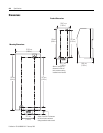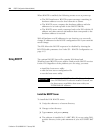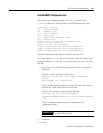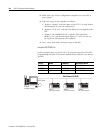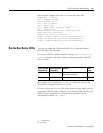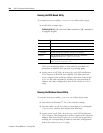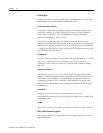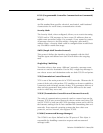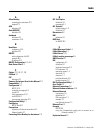
Publication 1761-UM006A-EN-P - February 2001
Glossary 2
Full-duplex
A high-performance protocol that allows simultaneous two-way data
transmission. For point-to-point applications only.
IP (Internet Protocol)
IP specifies the format of packets and the addressing scheme. Most
networks combine IP with a higher-level protocol called Transport
Control Protocol (TCP), which establishes a virtual connection
between a destination and a source.
IP by itself is something like the postal system. It allows you to
address a package and drop it in the system, but there's no direct link
between you and the recipient. TCP/IP, on the other hand, establishes
a connection between two hosts so that they can send messages back
and forth for a period of time.
IP Address
A 32-bit address assigned to hosts that want to participate in a TCP/IP
internet. IP addresses are the abstraction of physical hardware
addresses, with a network and host partition which makes routing
efficient.
NetLinx Services
The NetLinx services occur over the well-known port 0xAF12 and
define a connection protocol that exists after a TCP/IP connection is
established. It also defines a set of services and packet formats to
support the protocol. Also implied by this protocol is that the end
devices have implemented some portion of the ASA CIP addressing
architecture.
Network
A series of stations (nodes) connected by some type of
communication medium. A network may be made up of a single link
or multiple links.
Node
Also called a station. An address or software location on the network.
MTA (Mail Transfer Agent)
The software function responsible for delivering outgoing mail to its
final destination.



